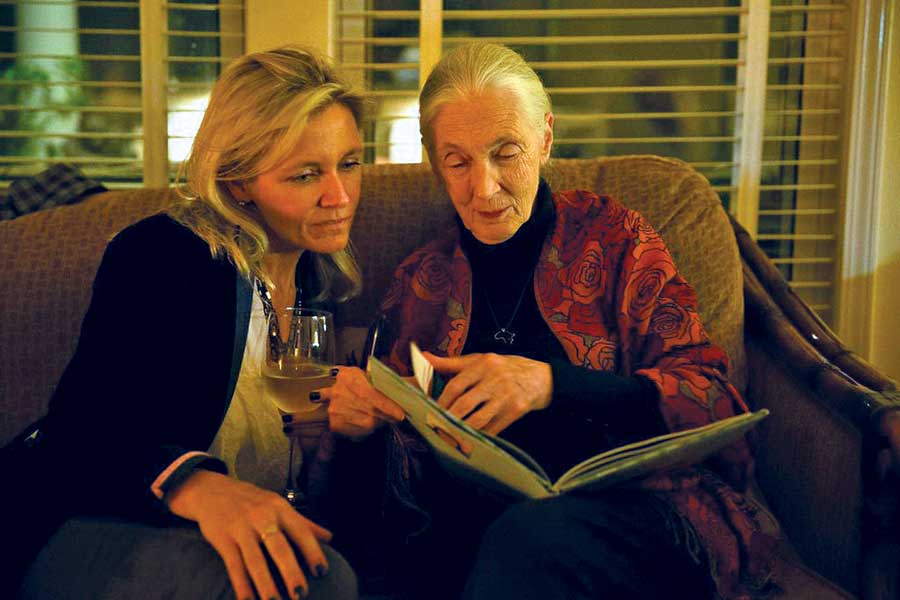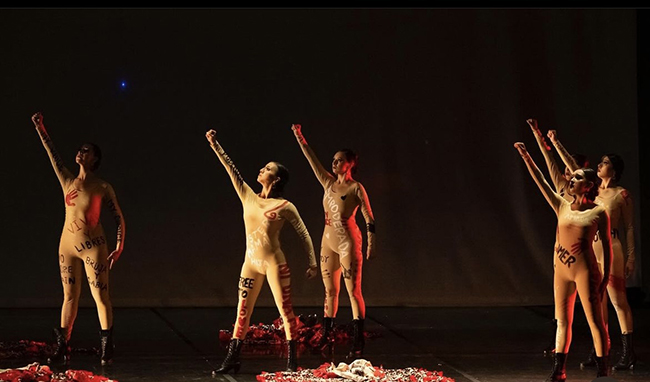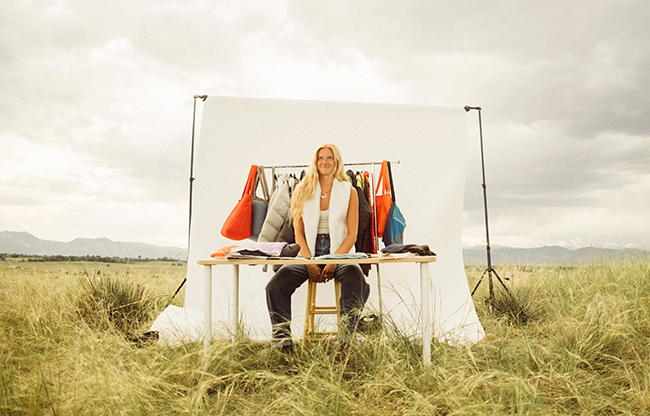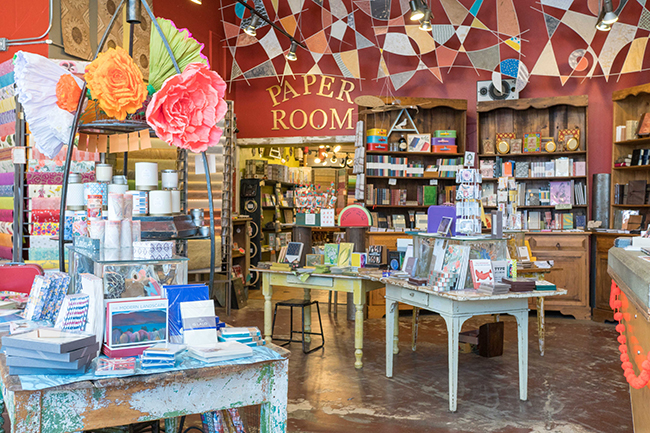Strange Brews in Boulder County
30 Nov 2017
‘Anchor’ beers are fading while weird ones soar. What’s the story with Boulder County brewing?
By Jeffrey Steen Grab a beer. I’ve got a joke for you.Three buddies walk into a bar—one from Massachusetts, one from Wisconsin and one from Colorado.
The Ivy League Bostonian sidles up and asks the bartender for a cold Sam Adams.
The college kid from Wisconsin pulls up a stool and proudly orders a Leinie.
The beanied backpacker from Colorado pauses…then resignedly orders a Coke.
“Why did you order a Coke?” his friends ask, taken aback.
“Well,” the Coloradan shrugs, “you guys didn’t order beer so I figured I wouldn’t either.”
There are countless versions of this joke, so I can’t really take credit for my adulteration. But it does strike a chord. The American definition of beer—craft beer, specifically—is changing rapidly. Most Americans don’t care whether our beer is craft or commercial; as long as it’s cold, we’re happy. But we Coloradans are pickier than most. We’re not content to sip pale ales (never mind mass-produced “corn Coors”) for years on end. We need innovation. We need change. That change is resulting in some boundary-pushing brews. It’s fair to say that many mainstay Colorado breweries are playing fast and loose with the Rheinheitsgebot commandments (also known as the German Purity Law, which state in no uncertain terms that thou shalt not brew with ingredients other than water, yeast, hops and barley). OK, fine, Colorado brewers. Infuse your IPA with some spruce tips. Add some fruit juice for a touch of sweetness. But you still have soul-soothing stouts, porters, reds, bocks, brown and pales, right? I mean, you wouldn’t just do away with the core styles we all know and love, right? Wrong. In my hunt for eccentric Colorado brews, I found that “anchor” beers are fading, experimental brews are soaring, and brewing philosophies run the gamut from conservative-traditionalist to “So what if I put tequila in my beer?”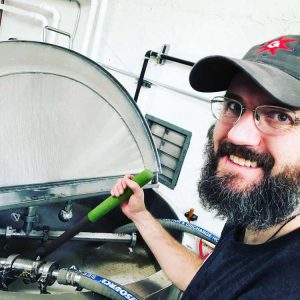

Part of the Culture: Getting Weird with Beer
A few days later, I drop by Twisted Pine to chat with Gabe Toth, the brewery’s braumeister of less than a year. He’s an unassuming sort who admits he gets lost at TP’s bar on nights when crowds are big. But he loves to BS with strangers about beer. “We’re trying to get away from core brews,” Toth tells me before I have a chance to ask. Like Marie and Jamie, he and the brewery team cull inspiration from just about anywhere—a recent food-truck meal, a happy memory from childhood, a holiday tradition. He’s not limited by specific styles.“We have a history of getting weird with beer,” he says between sips of an unfiltered raspberry wheat. “That’s part of the culture here. I have been to breweries where they have clearly defined beers, but for us, the fun is in creating something new.” Toth, a veteran of Santa Fe Brewing Co., says he’s not worried about alienating patrons with new style and flavor combinations. “I mean, we put Mr. Brown’s on the menu (a pumpkin-y brown ale served with whipped cream). That sells because it’s pumpkin and because, you know, whipped cream. But for the most part, I’m inspired by anything that catches my eye or palate.” He tells me about visiting curry-happy Roxy’s food truck the day before and wondering how he could fit curry into a future brew. He also raves about a sour-ginger saison that’s in the works. Toth credits much of his curiosity to his homebrewing days. “A lot of the professional craft brewers out there started as homebrewers,” he says. “And when you’re a homebrewer, you usually aren’t out to make a beer that’s already on the shelves. You want to make something unique.” Unique like TP’s chile beers, each brewed with some combination of Anaheims, jalapeños, serranos, habañeros and the infamous ghost pepper. That’s a little much for me. But as I mull over my chats with Marie and Gabe, it occurs to me that both of them have a focused clientele in their taprooms. It’s easier to play around with undefinable, experimental brews when you don’t distribute. What about breweries that do?Stranger Brews
It’s hard to top the bull-testicle stout from Denver’s Wynkoop Brewing Co., but the new nom of eccentric brews has sired a lot of Boulder County contenders. Here’s a peek: Avery (Boulder) Tequilacerbus, a tequila-barrel–aged blond ale Odd13 Brewery (Louisville) Humulus Kalecumber, a sour ale with Brettanomyces (a wild yeast) and the combined juices of kale, cucumber and mint 12Degree Brewing (Louisville) Pink Panther, a farmhouse ale brewed with pink peppercorns and aged on raspberries Boulder Beer (Boulder) Bump ’n’ Rind, a watermelon Kölsch Oskar Blues (Longmont) Fugli, an IPA with yuzu and Ugli fruit juice infusions
Storytelling in the Tanks
The question takes me north to Left Hand Brewing in Longmont, where director of brewing Matt Thrall has to balance national demand with taproom curiosities. Here, I thought, is one place where traditional styles should hold sway, with eccentric brews featuring only as one-off whimsies. “A couple of years ago, Left Hand was really focused on brewing traditional styles,” Thrall confirms. “There were one-offs, sure, but for the most part, the brewery prided itself on brewing traditional beers.” Recently, something shifted. Thrall says Left Hand’s national sales team came to him with a push to move away from anchor beers. They said the craft-beer–drinking public was asking for something new and different. That’s not all that surprising, says Thrall. “There’s always been a push in the market for something new. The very first craft brews were upsetting breweries with pale ales, for crying out loud! In the mid-2000s, barrel aging was big. Now, it’s tea infusions and blending things like wine with beer. The craft-beer scene has always pushed the envelope.” I ask about the dominance of labels like Coors and Miller. Surely, I say, that suggests that the public also wants the tried-and-true. Thrall laughs. "Our consumer isn’t the guy who goes to a bar and orders Coors Light. Our consumer is already adventuresome—the devoted craft-beer drinker who’s looking to explore.” Touché. I’m tempted to mention Toth’s (bizarre?) idea for a curry ale, but Thrall is already talking about inspiration for the beers that lie ahead in the LH canon: “When I eat something, I think about ingredients and spices. Last week I had a Turkish pepper that was just amazing.” I hold my tongue about the curry—and the ghost pepper, and the Early Grey, and the lactose. Nothing is crazy anymore.
Jeffrey Steen has spent 10-plus years writing about all things Colorado food and drink, most recently with DiningOut magazine. He now freelances about the very same things on a national stage—often with a beer in hand. You can learn more about his eating and drinking escapades at jeffreywsteen.com.


